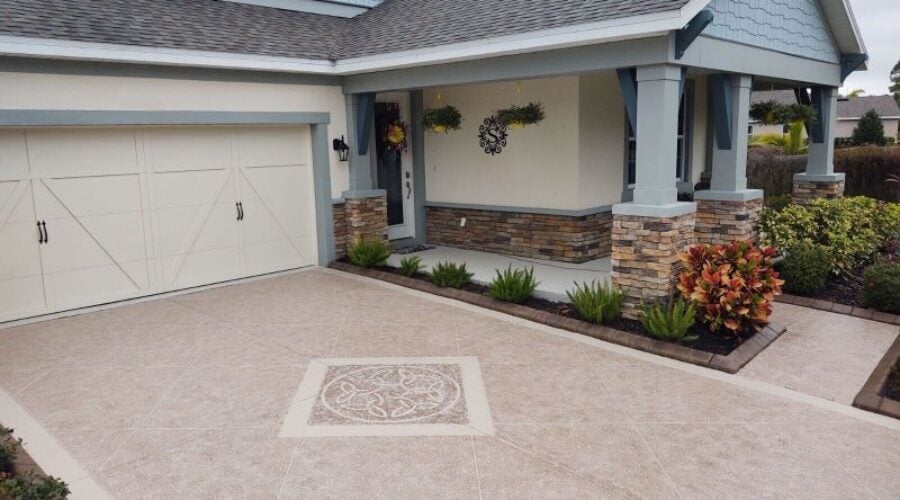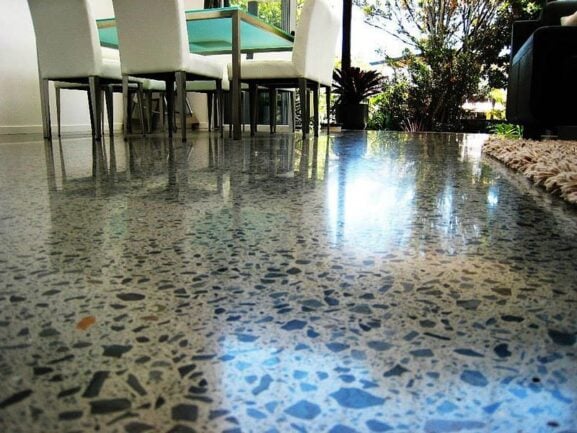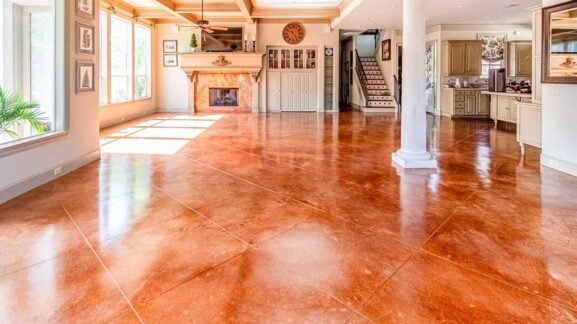How to Identify and Fix Common Concrete Floor Damage in Southgate
- Concrete floor contractors Southgate, Concrete floor installation Southgate, Concrete floor repair Southgate, Concrete flooring services Southgate, Residential concrete flooring Southgate
Southgate Concrete floors are durable but can suffer from various types of damage over time. Identifying and fixing common issues promptly is crucial to maintaining their integrity. Here’s a step-by-step guide:
Common Types of Concrete Damage
- Cracks:
- Caused by shrinkage, settling, or heavy loads.
- Can allow water infiltration, leading to further damage.
- Spalling:
- Surface flaking due to freeze-thaw cycles or moisture infiltration.
- Often worsened by deicing chemicals.
- Uneven Surfaces:
- Results from ground settling or erosion.
- Creates safety hazards and aesthetic issues.
- Pitting:
- Small, deep holes caused by wear or improper concrete mix.
- Common in older floors.
- Scaling:
- Thin layers of concrete peeling away due to weather exposure or poor finishing.
Step-by-Step Repair Guide
Step 1: Assess the Damage
- Inspect the floor for cracks, spalling, uneven areas, or pits.
- Determine the severity of the damage to decide whether DIY repair or professional help is required.
Step 2: Clean the Surface
- Remove dirt, debris, and contaminants using a broom, vacuum, or pressure washer.
- For stubborn residues like grease or salts, use a degreaser.
Step 3: Prepare the Damaged Area
- For cracks:
- Clear loose material and undercut edges if necessary.
- Apply a bonding agent for better adhesion.
- For spalling and scaling:
- Remove damaged sections using a chisel or grinder.
- Stabilize the area with penetrating densifiers like S-1300 Pene-Krete®.
- For uneven surfaces:
- Grind down high spots or fill low areas with self-leveling compound.
Step 4: Apply Repair Materials
- Cracks: Fill with epoxy or polymer-based fillers and smooth the surface.
- Spalling and Scaling: Apply a concrete overlay or resurfacer to restore the finish.
- Uneven Floors: Use self-leveling compounds for minor variations; mudjacking for severe settling.
- Pitting: Fill pits with patching compound and level with a trowel.
Step 5: Finishing
- Allow repairs to cure according to product instructions (usually 24–48 hours).
- Apply sealers to protect against moisture and wear.
- For non-slip surfaces, create shallow grooves with a broom during finishing.
Preventive Measures
- Use waterproof coatings like polyaspartic solutions to prevent moisture infiltration.
- Avoid overloading floors beyond their design capacity.
- Regularly inspect for early signs of damage such as discoloration or surface wear.
By identifying damage early and following these repair steps, you can restore your Southgate concrete floor’s functionality and appearance while extending its lifespan.
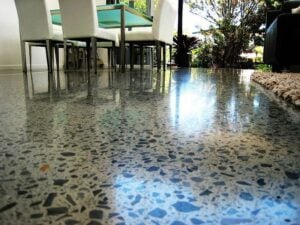
How Concrete Floors in Southgate Can Enhance Your Home’s Value
Southgate Concrete floors can significantly enhance your home’s value by offering a combination of aesthetic appeal, durability, and practical benefits. Here are some ways concrete
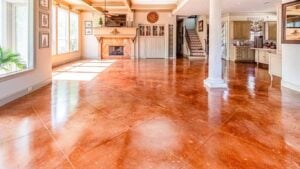
How Southgate Residential Concrete Flooring Enhances Home Value
Residential concrete flooring in Southgate can significantly enhance home value due to its durability, aesthetic appeal, and versatility. Here are some ways concrete flooring contributes
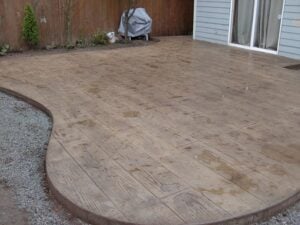
Southgate Concrete Floor Installation vs. Other Flooring Options: Which is Best?
When comparing concrete floor installation in Southgate to other flooring options, several factors come into play, including durability, cost, maintenance, and aesthetics. Here’s a breakdown
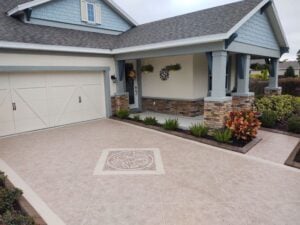
How to Identify and Fix Common Concrete Floor Damage in Southgate
Southgate Concrete floors are durable but can suffer from various types of damage over time. Identifying and fixing common issues promptly is crucial to maintaining

